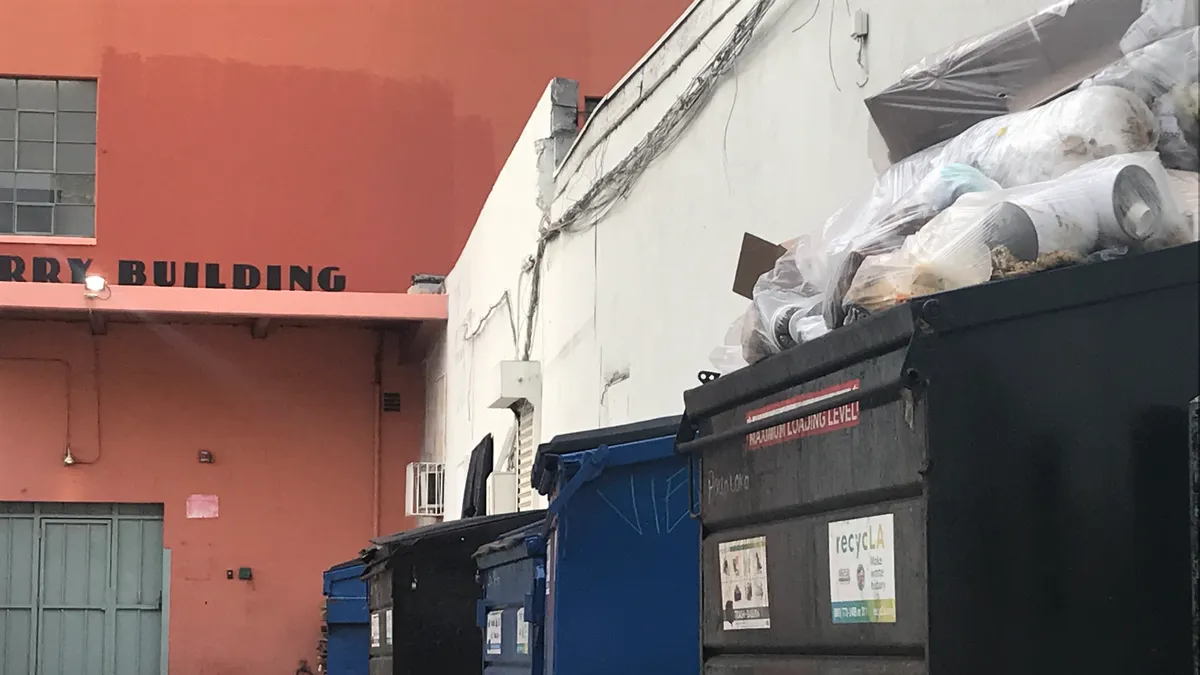Dive Brief:
- The equivalent of one garbage truck-full of textiles is landfilled or incinerated every second, according to a new report from the Ellen MacArthur Foundation.
- The report found that, between 2000 and 2015, the amount of times an item of clothing is worn has decreased, while annual clothing sales have more than doubled.
- To reduce the amount of clothing that is thrown away, the report includes four "ambitions" to create a new textiles economy. The goals are phasing out substances of concern, like microfibers; increasing clothing utilization; improving recycling to make it easier to capture value from old clothes; and using renewable energy and material inputs for clothing production and processing.
Dive Insight:
The report was created by the foundation's Circular Fibres Initiative, which launched in May 2017. The initiative wants to work toward a "new textiles economy," drawing from the ideas behind the circular economy.
One reason that so much textile material is sent to a landfill or incinerated is because there are currently not many separate, robust collections systems for old clothing and textiles. In the U.S., textiles recycling has been a bit of a mixed bag recently. San Francisco, for example, added textiles to its recycling program and California Gov. Jerry Brown recently signed a bill to update the state's carpet recycling program. At the same time, a recent report out of Texas showed that textiles recycling has decreased over the last few years and the Environmental Protection Agency estimates that 4 billion pounds of carpet end up as waste annually.
While the onus for making clothing and other textiles more durable falls on retailers and manufacturers, there is opportunity for the recycling sector, too. There are some recycling processes that can return old clothing to virgin-quality material, according to the report, though none are at scale. Innovating textiles recycling could lead to significant environmental benefit — and financial gain.








